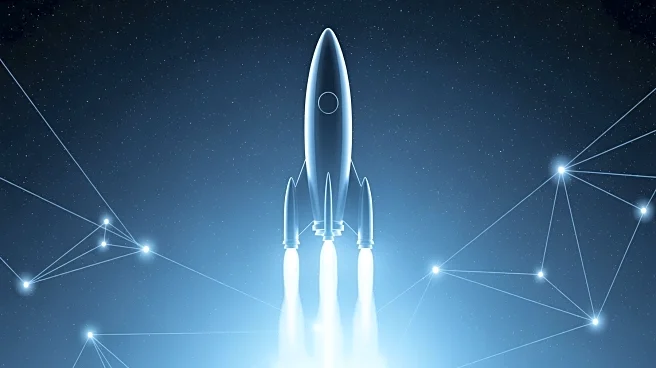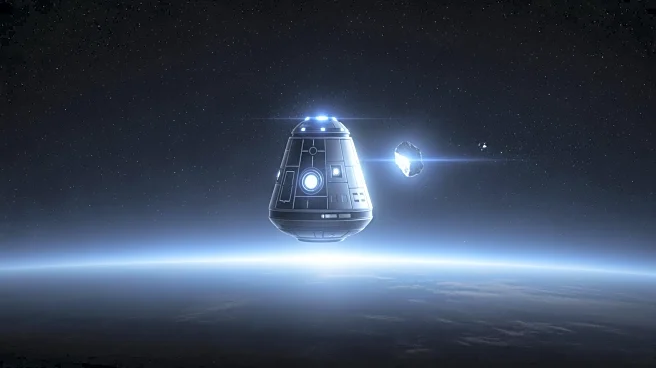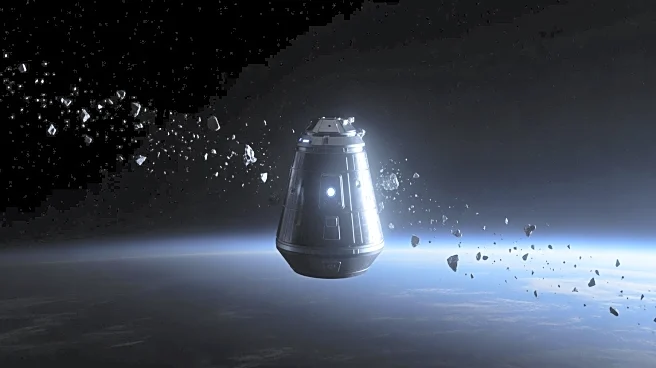What's Happening?
The China Manned Space Agency (CMSA) has initiated an urgent, uncrewed launch of the Shenzhou-22 spacecraft to the Tiangong Space Station. This mission aims to provide a contingency return vehicle and cargo resupply for the Shenzhou-21 crew currently
aboard the station. The launch became necessary after a crack was detected in the Shenzhou-20 return capsule window, prompting the use of the Shenzhou-21 spacecraft for the safe return of the Shenzhou-20 crew. Consequently, the Shenzhou-21 taikonauts were left without an escape capsule. The Shenzhou-22 mission, scheduled for November 25, will dock with Tiangong to serve as the new lifeboat and provide essential supplies.
Why It's Important?
This mission underscores the importance of contingency planning in space operations, highlighting the potential risks posed by space debris. The successful launch and docking of Shenzhou-22 will ensure the safety of the Shenzhou-21 crew, maintaining the operational integrity of the Tiangong Space Station. The event also reflects China's growing capabilities in space exploration and its commitment to ensuring the safety of its astronauts. The broader implications include increased international attention on space safety protocols and the need for robust systems to address unforeseen challenges in space missions.
What's Next?
Following the successful docking of Shenzhou-22, the CMSA will continue to monitor the condition of the Tiangong Space Station and its crew. The agency may implement additional safety measures to prevent similar incidents in the future. The international space community will likely observe China's handling of this situation, potentially influencing global space safety standards. Future missions may incorporate enhanced debris detection and avoidance technologies to mitigate risks.














